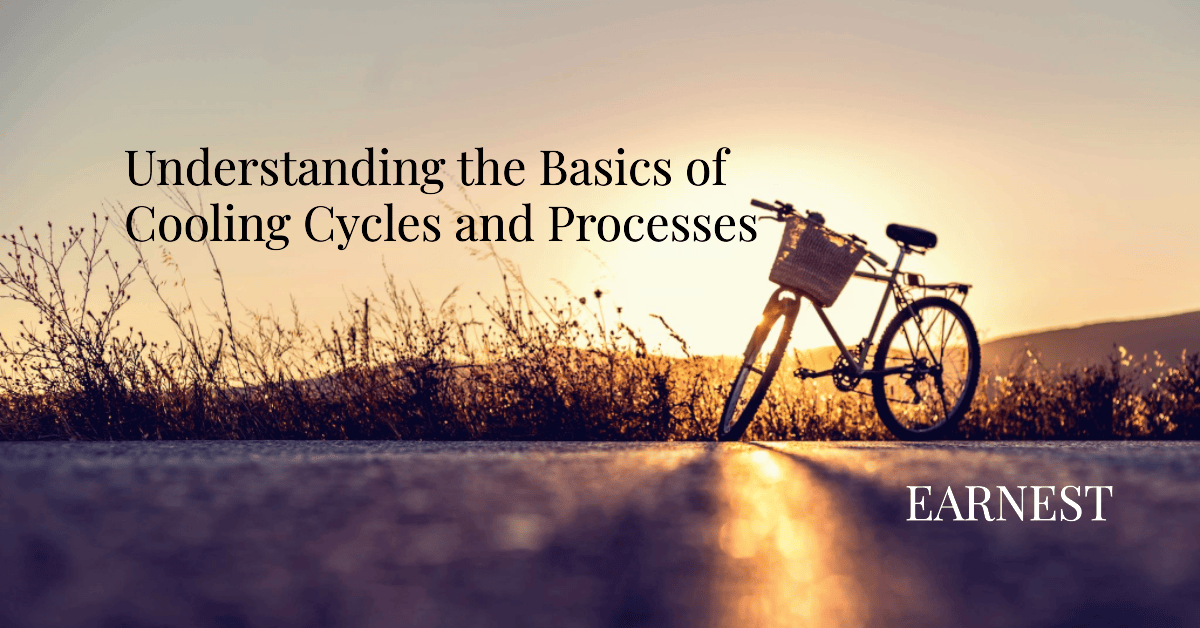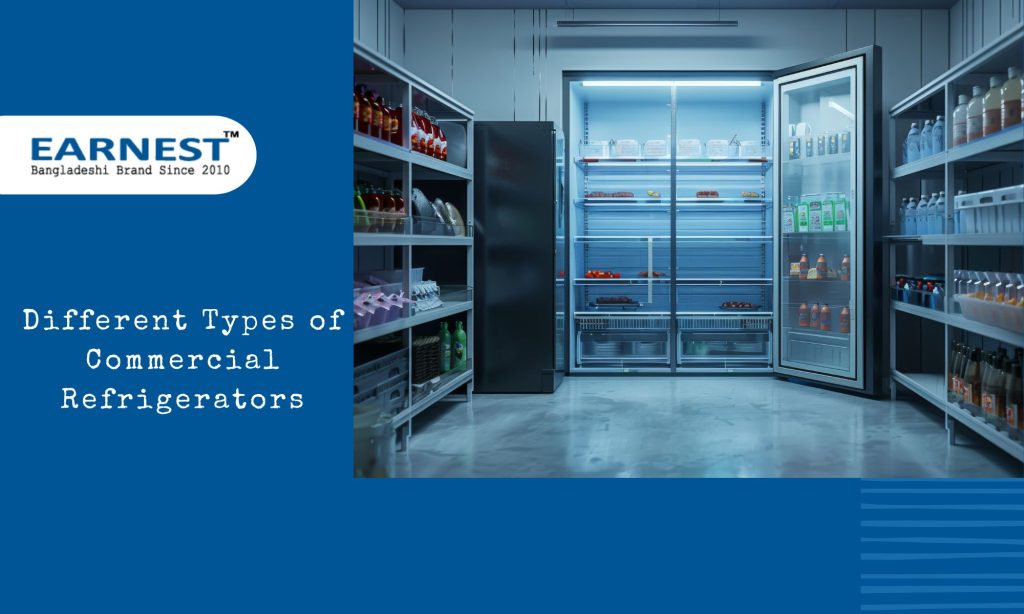Do you ever come into a room on a sweltering day and it’s like a breath of fresh air, even inside? Or do you think about air conditioning processes and cycles? That is the cooling system working its magic! It’s the key to making any environment seem correct; it’s not just about having nice vibes.
We’ll lay it all down for you, including how it operates, its various flavors, its benefits, and even a few common queries toward the end. So fasten your seatbelts as we plunge into the realm of AC comfort!
Imagine air conditioning as the wand that transforms your home into a comfortable haven. Beyond only keeping cool, it may provide warmth, keep the air clean, and guarantee that everyone – including people, animals, and even plants – lives happily. It’s present everywhere in residences, workplaces, and industries.
We’ll nerd out on air conditioning processes and cycles in this post, including how it works, the amazing systems you can have, all the great benefits it offers and how to answer those pesky questions. So relax and let’s become experts in air conditioning!
What is air conditioning?
Air conditioning, often shortened to A/C or AC, is about removing heat from an enclosed space to make it comfortable (sometimes called “comfort cooling”) and controlling internal humidity. It’s like adjusting the air’s condition – heating, cooling, dehumidifying, humidifying, cleaning, or ventilating. The term “air conditioning” was coined by Stuart H. Cramer in 1906. He explained his textile mill invention, adding water vapor for humidity & reducing static electricity. The first modern electrical air conditioning unit was invented by Willis Carrier in 1902. He created a system in Brooklyn for a printing company that controlled temperature & humidity. Carrier’s innovation later influenced various industries: film, medicine, aviation, computing, and agriculture.
Here Are The Four Main Types Of Air Conditioning Processes And Cycles:
Air conditioning is all about getting the air just right for a space. It controls humidity, temperature, cleanliness, and air movement. Air-conditioning processes can be classified into four main types: space conditioning, sensible cooling, sensible heating, and humidifying and dehumidifying.
Space conditioning
Space conditioning keeps your environment comfy. It adjusts temperature & humidity with fresh air. Cooling or heating happens based on the weather. We can add or remove humidity too. This is done using an air-conditioning setup: air handler, cooling and heating coils, humidifier, dehumidifier, and a fan.
Sensible cooling
Sensible cooling means cooling down the air without changing its moisture. This happens by blowing air over a chilled coil. The coil takes heat from the air and gives it to the cooling medium. This cools the air but keeps its humidity unchanged.
Sensible heating
Sensible heating simply warms the air without making it wet. This is done by blowing air over a hot coil with water, steam, or electric heat. The coil heats the air & makes it feel warmer. Importantly, this process doesn’t affect the air’s humidity or latent heat.
Humidifying and dehumidifying
Think of humidifying and dehumidifying as ways to change air moisture without messing with its temperature. Humidifying adds water or steam to air, making it moister, but doesn’t mess with how hot or cold it feels. Dehumidifying removes moisture by cooling it below its dew point, reducing the humidity but not affecting the temperature. Now, Air Conditioning Processes has two main types: vapor-compression and absorption cycles. Vapor-compression cycles use mechanics to cool things down, while absorption cycles use heat for cooling. Both turn outdoor air into comfy indoor air.
Air-conditioning cycles
Air conditioners make your space comfortable by moving heat around. There are four main types of Air Conditioning Processes and cooling cycles: vapor compression, vapor absorption, gas cycle, and Stirling cycle. Each type has its parts that handle the cooling agent, which absorbs or releases heat.
The most common type is the vapor compression cycle. A/C uses a compressor, condenser, expansion, and evaporator for cooling. The compressor raises the temperature, the condenser releases heat outside, and the evaporator cools indoor air by evaporating the refrigerant.
This cycle can cool or heat. In cooling mode, the indoor air cools, and the heat goes outside. In heating mode, a valve switches things, so outdoor air heats indoors.
Efficiency varies with refrigerant, design, and thermostat in the system. Healthy cycles are about 15-20 minutes every hour, with 7-10 minutes off. But this can change with weather and demand. Longer or shorter cycles may signal problems like low refrigerant or dirty filters.
Air-conditioning is vital for comfort & industries like food processing, but it uses energy & emits gases. Improving efficiency is a challenge for engineers & researchers.

How does air conditioning work?
Air Conditioning Processes works by moving heat around using a special liquid called refrigerant. AC has four key parts: compressor, condenser, expansion valve, and evaporator. They team up to cool indoor air and release heat outside.
Here’s how it rolls: The compressor pumps up the pressure and temp of the refrigerant, then off to the condenser it goes. The condenser, a bunch of metal tubes exposed to the outdoor air, releases the heat and turns the liquid refrigerant back into a gas.
Then, the refrigerant’s pressure and temperature drop through the expansion valve. This valve also controls how much refrigerant enters the evaporator, another set of metal tubes inside the indoor unit or ducts.
The liquid refrigerant soaks up heat from the indoor air, becomes a gas again, and heads back to the compressor to do the cycle. Some systems can even flip the script to provide heat instead of cooling. This swap uses a reversing valve, which switches the roles of the condenser & evaporator.
Here, the refrigerant grabs heat from the outdoor air or water in the evaporator and dishes it out to the indoor air in the condenser.
Types of Air conditioning systems
Air conditioners come in different types, each with its own features & uses. Here are the main ones:
-
Split-system air conditioners:
Split-system air conditioners have two parts – one outside with the noisy stuff and one inside with the cool air. They’re quiet, easy to control & can cool multiple rooms.
-
Window or wall air conditioners:
These are like boxes you put in a window or a hole in the wall. They’re cheaper and easier to install but noisier and less fancy.
-
Portable air conditioners:
Portable air conditioners are moveable units with wheels. They’re good for one room but can be noisy, and you need to empty the water tank sometimes.
-
Ducted or central air conditioners:
These are the big guns. They use a network of vents to cool or heat a whole building. They’re efficient & comfortable but pricey.
-
Evaporative coolers:
Evaporative coolers use water evaporation to cool the air. They’re cheaper but only work in dry places and aren’t as powerful as other types.
Benefits of Air Conditioning:
-
Comfort & Health:
AC keeps us comfy and healthy. It prevents overheating (no heat strokes or dehydration) and also protects against extreme cold (no frostbite or pneumonia). Even animals and plants thrive.
-
Boosts Productivity:
AC makes us better at what we do. It sharpens our focus, memory, and creativity. It’s great for offices, schools, hospitals, factories, and homes.
-
Cleaner Air:
AC filters and circulates the air, removing dust, smoke, allergens, and bad smells. It ensures fresh air and keeps us healthy.
Challenges of Air Conditioning:
-
Energy Usage:
AC consumes a lot of energy, raising bills and contributing to climate change by releasing heat. It uses refrigerants that can harm the ozone layer.
-
Maintenance Costs:
AC needs regular upkeep, which can be pricey and time-consuming. Cleaning filters, fixing parts – it adds up.
-
Noise & Vibration:
AC can be noisy and shake things up. It might disrupt sleep, concentration, and relaxation. Quieter models or soundproofing can help.
Wrap-Up
Hope you like our article on air conditioning processes and cycles. Air conditioning makes indoor spaces comfortable by ventilation, controlling temperature, and air quality. It serves homes, businesses, and industries. Drawbacks also exist. High energy use raises costs and harms the environment, linking to warming and AC’s heat release. Refrigerants harm ozone, and need maintenance; noise and vibration issues continue.
Hence, prudent use is key. Opt for the right-sized unit, adhere to maintenance guidelines, and moderate thermostat settings. Leverage fans, natural ventilation, and insulation. When away, adjust or turn off the AC. Upgrading to efficient models and responsible disposal helps too.
FAQs
What is the difference between air conditioning and refrigeration?
Air Conditioning Processes makes spaces comfortable by removing heat and humidity. Refrigeration chills substances for preservation. Air Conditioning Processes focuses on human comfort.
What is the difference between air conditioning and climate control?
Air Conditioning Processes ensure comfort via heat and humidity removal. Climate control automatically adjusts temperature, humidity, and air quality, offering enhanced convenience.
How much does it cost to run an air conditioner?
Expenses vary based on AC type, size, efficiency, power rate, use duration, and weather. Use this formula: Cost = (Power x Hours x Rate) / 1000.
How often should I service my air conditioner?
Yearly servicing maintains efficiency and safety. Regularly clean filters, coils, fans, and ducts. Hire a pro if needed.
How can I make my air conditioner more eco-friendly?
Consider energy-efficient models with low GWP or ODP refrigerants. Follow proper installation and maintenance. Set moderate thermostat settings, use fans and natural ventilation, upgrade to efficient models, and dispose of old units responsibly.






